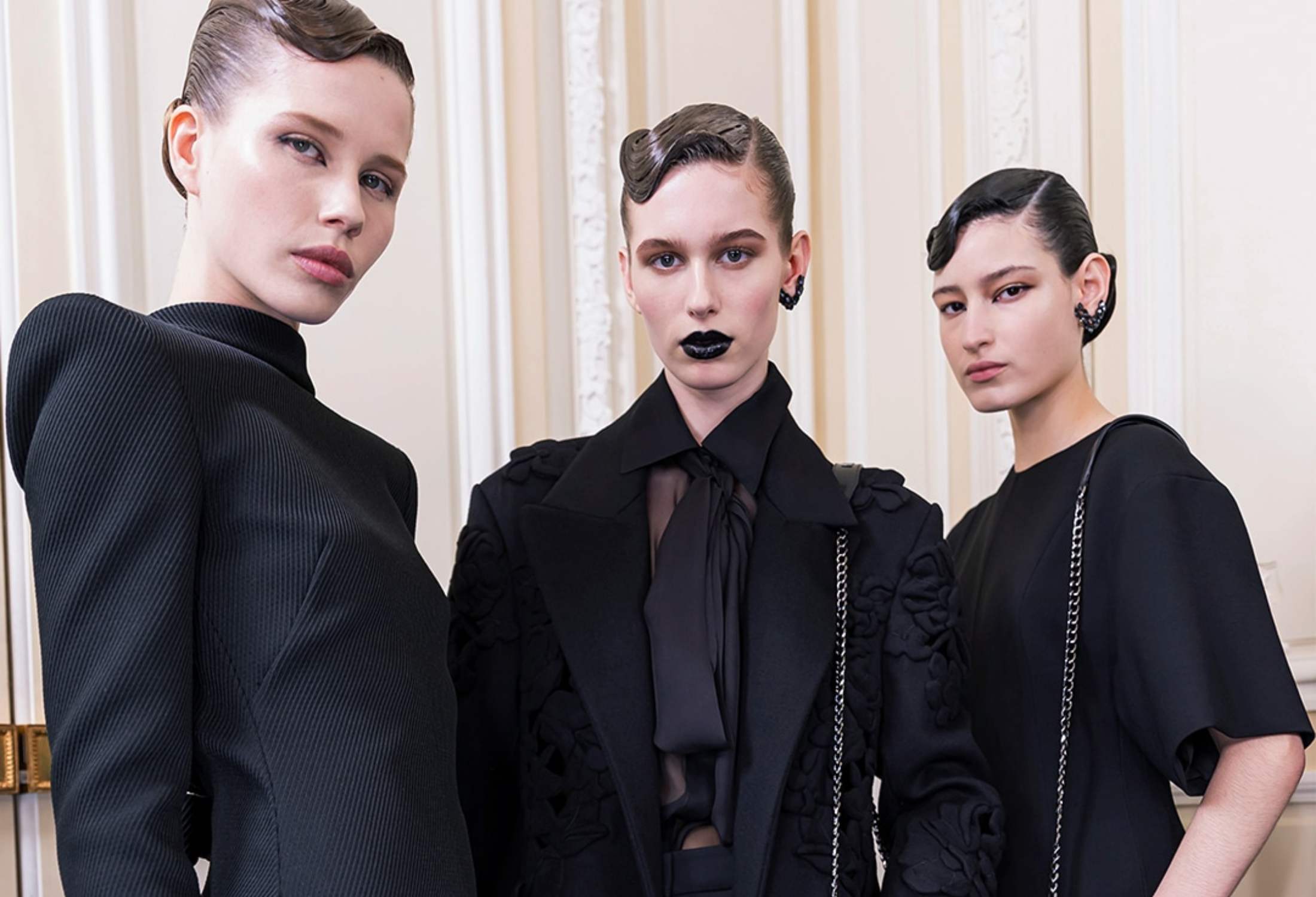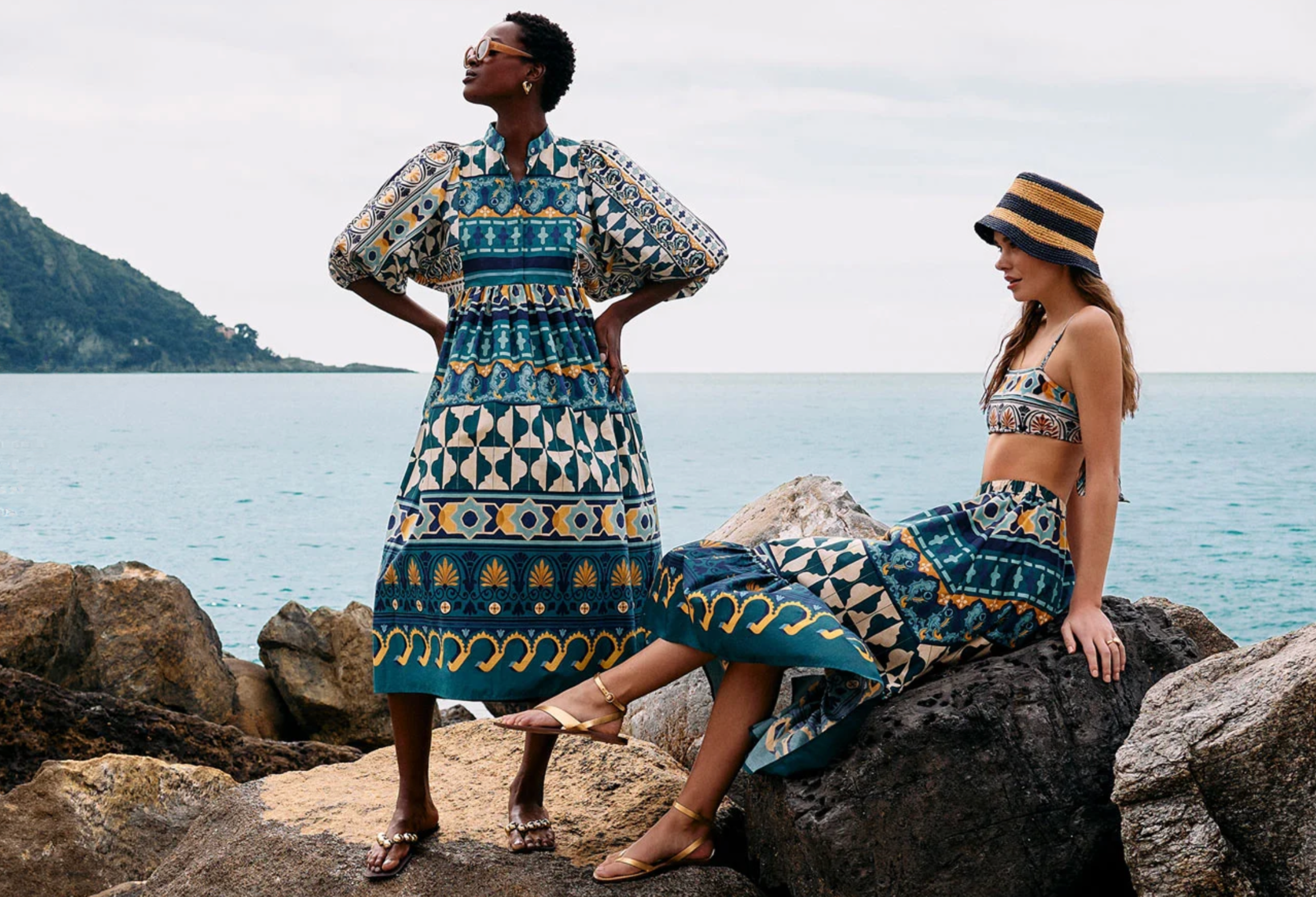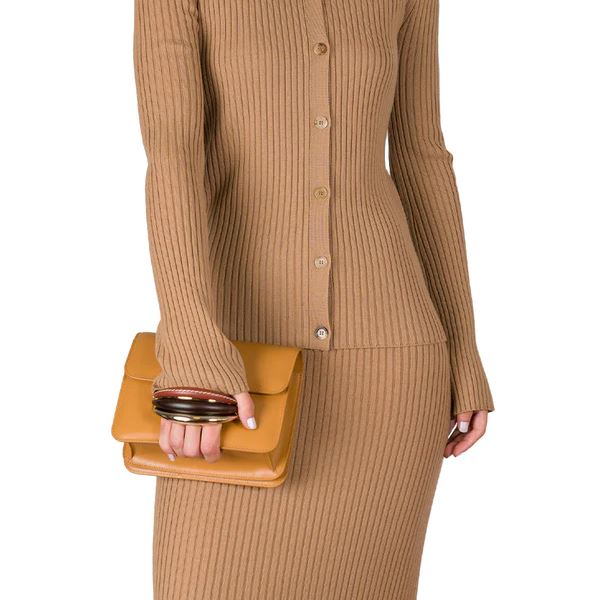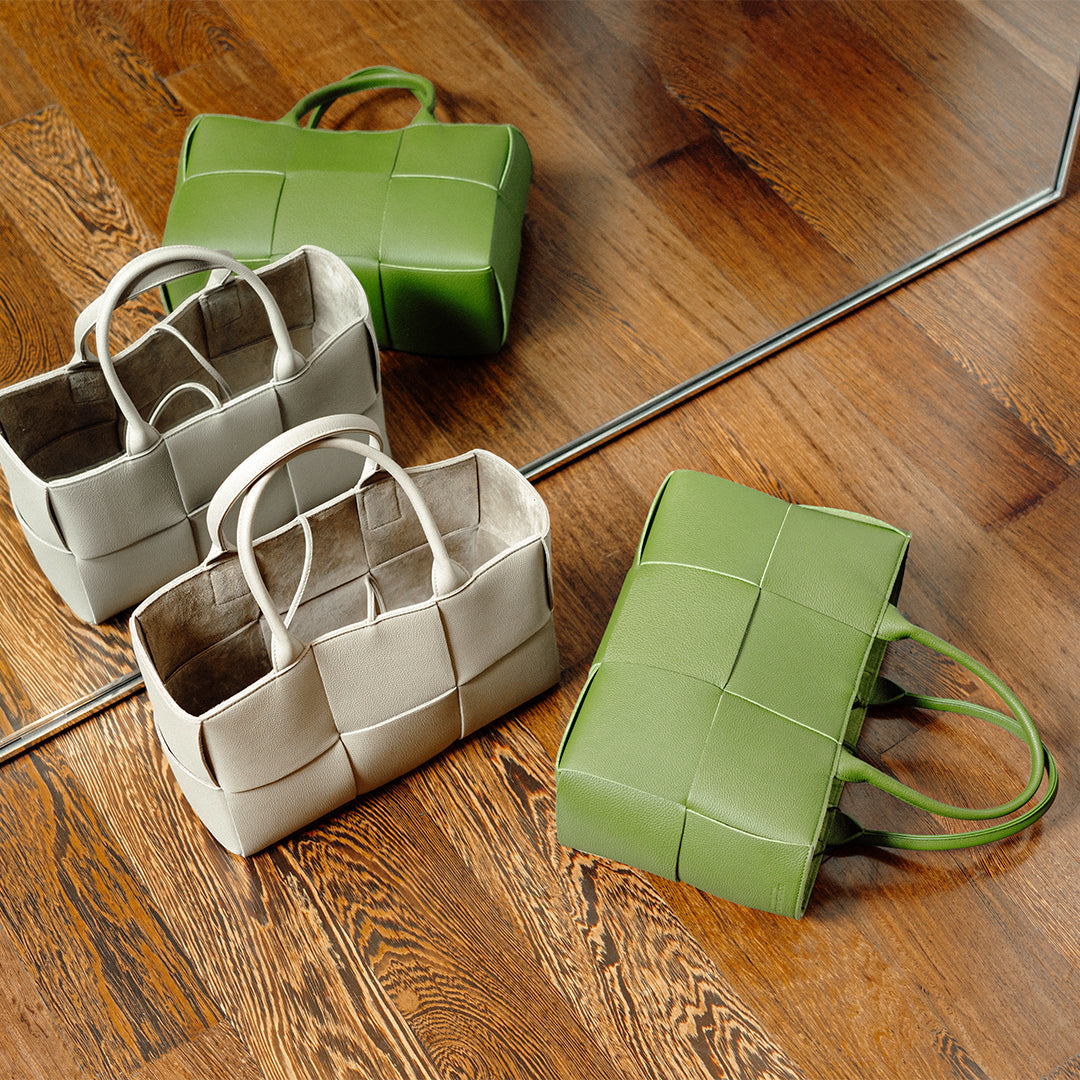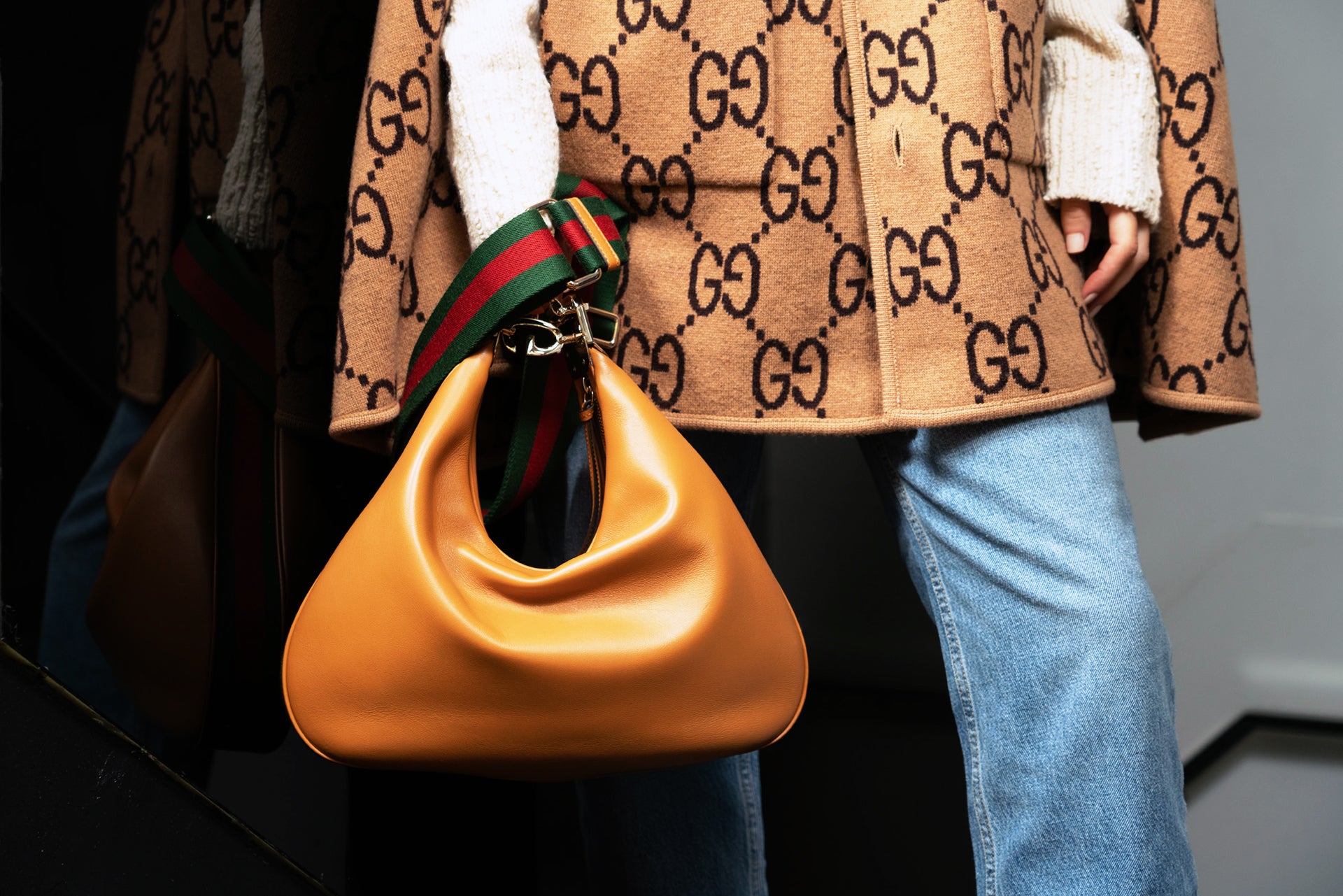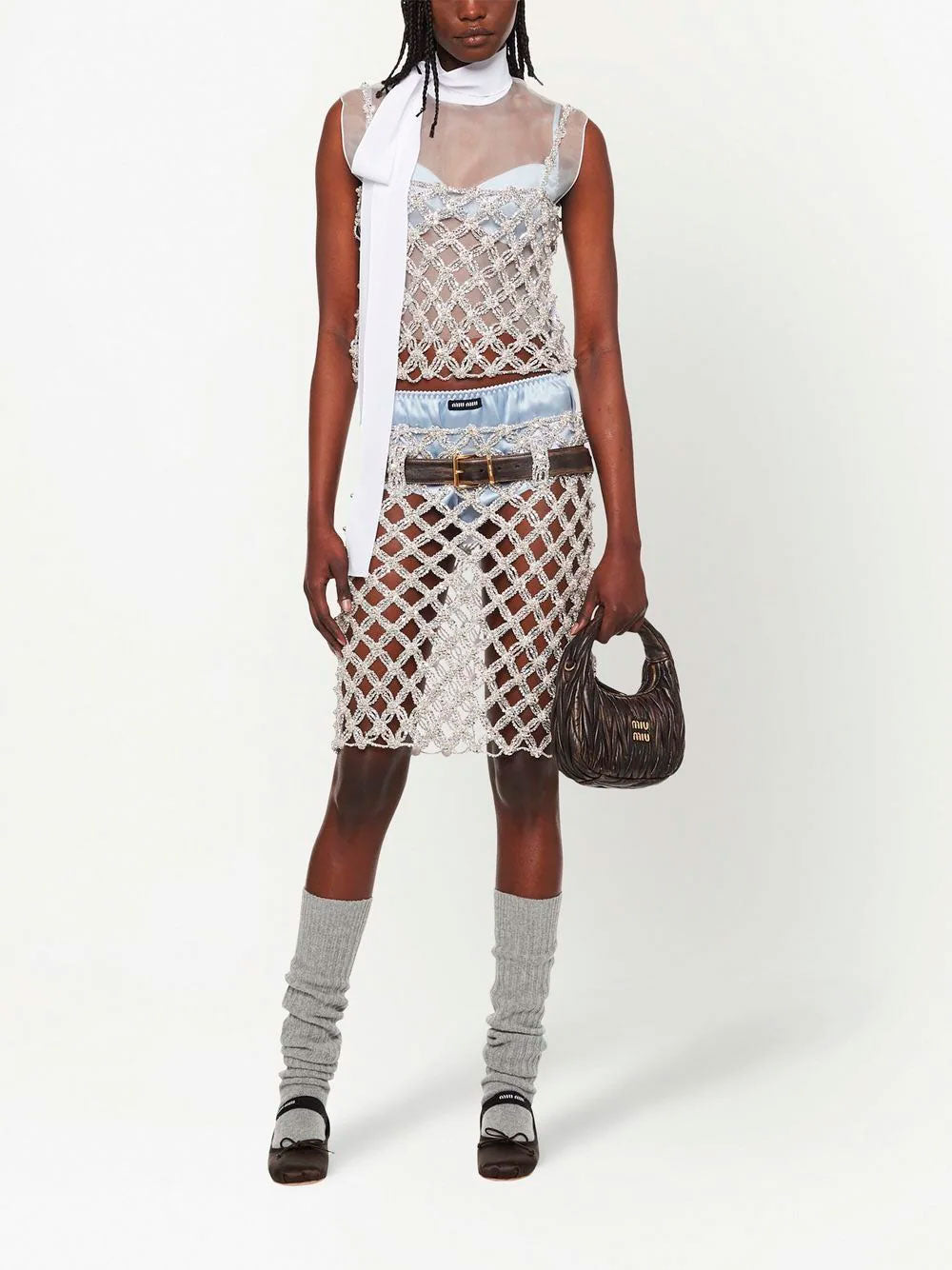Maison Margiela clothing, the brand of spectacle
A label that left a mark from its very beginning (literally). Founded by one of the most well-known yet paradoxically mysterious figures in the industry, Maison Margiela celebrates 10 years with John Galliano at its helm. Their most recent show, the Margiela Artisanal Collection 2024, continues to generate press and articles months later due to its large media impact. And this wouldn't be the first time for the renowned British designer with the Belgian label.
But how did Maison Margiela reach its icon status? How did four stitches on the back of garments become a language of their own in fashion?
1979, The Beginning
When Martin Margiela (Genk, 1957) stumbled upon a feature about Paco Rabanne and André Courréges on television, he decided that his future was fashion. Martin Margiela, fashion's invisible man, had very few fashion role models, if any, in his small industrial city.
His entry into fashion predates the Antwerp Six (Dirk Bikkembergs, Ann Demeulemeester, Walter Van Beirendonck, Dries van Noten, Dirk Van Saene, and Marina Yee - a generation educated at the Antwerp Royal Academy of Fine Arts under the guidance of Linda Loppa that marked an era in the industry). Early enough to plunge into the industry without knowing he could influence an entire new generation of creatives.
He arrived in Paris in 1979 as an assistant to Jean-Paul Gaultier in the 80s, where he learned every aspect of the industry (from design and tailoring to sales and business). Generally, there is very little record about Martin Margiela's early years before launching his brand.
1988, The Red Footprints
The first Maison Margiela clothing show took place in 1988, in a café-theatre in Paris as a presentation of his spring/summer 1989 proposal. From that moment on, Margiela made his intentions clear:
- to innovate with silhouettes,
- to deconstruct ready-to-wear,
- to experiment with fabrics,
- to let his collections speak for themselves.
The models in this show walked in Margiela's first creations for his brand, with pieces that are still reinterpreted today. From deconstructed coats, lab coats, to the famous Maison Margiela Tabi boots that appeared for the first time as emblems of the brand.
His first show left a mark, both literally and figuratively. Its reception established him as a new creator diverging from industry norms, with sales skyrocketing instantly. But besides, some of the models had to step on red ink at the designer's request, leaving imprints on the catwalk and highlighting the unmistakable silhouette of the Maison Margiela Tabi boots.
Some of the models wore masks, emphasising the importance of focusing on the power of clothing rather than who wears it. Masks would return in the brand's future, under the direction of Matthieu Blazy and John Galliano.
1989, The Breakthrough
After making a name for himself almost instantly, Martin Margiela staged a second controversial show.
Outside Paris, in an urban playground, front-row guests were replaced by students from local schools. His remorse for closing the park for several days to prepare the stage led Martin Margiela to propose to surrounding schools that their students design invitations for the show. And so, 500 entirely unique invitations reached their guests, who upon arriving at the show found the 500 authors of the invitations seated, waiting for the show to begin. Among the attendees and passersby, a young Raf Simons saw right there his ambition for a future in fashion. And the rest, as they say, is his story.
From the garments to the choreography, enhanced by the occasional interaction of some of the present children, it all became a focal point for Margiela, who was already considered a disruptor of industry norms.
Overwhelmed by the press, his strategy was to avoid any public appearances and let his clothes be the protagonist. For him, his work of reimagining garments and creativity had to be the centre of attention, the real reason people would be interested in his brand.

All his employees wear a white lab coat, to promote equality in his atelier. His chair, symbolically, empty.
With this intention, the unmistakable white label with four stitches of the brand emerged. Over time, three rows with numbers from 0 to 23 would appear on the label, with a different number assigned to each range of the house. In each of its lines (from men to women, accessories, and home accessories), the number of each would appear inside a circle on the same label.
The Next Generation: Maison Margiela by John Galliano
Nine years after his first show, in 1997, Martin Margiela surprised the industry by designing for Hermés. Although he maintained his brand simultaneously, in 2008 he announced his withdrawal from the industry. Years later, he confessed that it was because he didn't want to participate in the frenzy and media pressure of fashion.
Maison Margiela's atelier team would carry forward all collections, without appointing any new designer, following Martin's desire for anonymity in his brand. In 2014, John Galliano was appointed as the creative director of the maison. Up to then, the firm had operated as Maison Martin Margiela, which under Galliano would become Maison Margiela.
Reaching their most recent show under the Parisian Alexandre III bridge, and passing through revered moments like Leon Dame or Anita Pajak's dramatic walks in their shows, John Galliano's Maison Margiela has tipped the balance towards experimentation and conceptualization without losing sight of the brand's foundations: letting clothes speak for themselves, and subverting classic garments in surprising ways.
The masks, so present in Margiela's early collections, made a comeback in the Margiela Artisanal collections, the brand's haute couture range. Handled by Matthieu Blazy (current creative director of Bottega Veneta) as design director at the maison, these rhinestone-encrusted masks have been worn by countless artists and became a reference for mid-2010s fashion.
2024 marks a decade of Maison Margiela by John Galliano. The designer responsible for some of the biggest spectacles seen in the fashion industry has been at the helm of a brand that broke fashion norms and left a mark from the very beginning.
And that mark was painted red.






